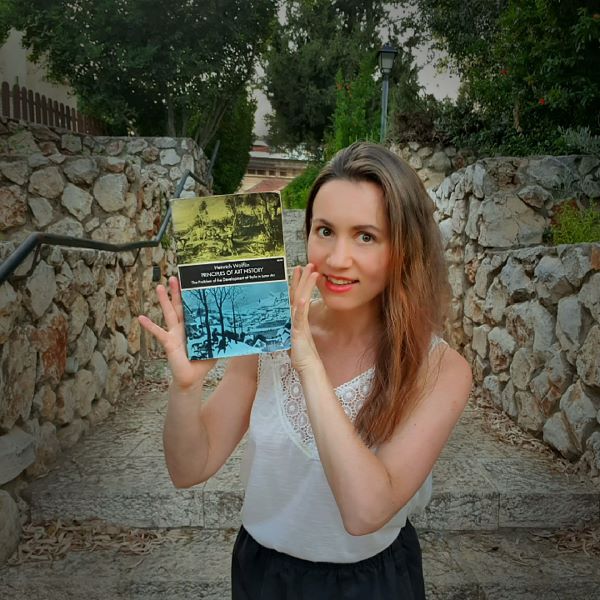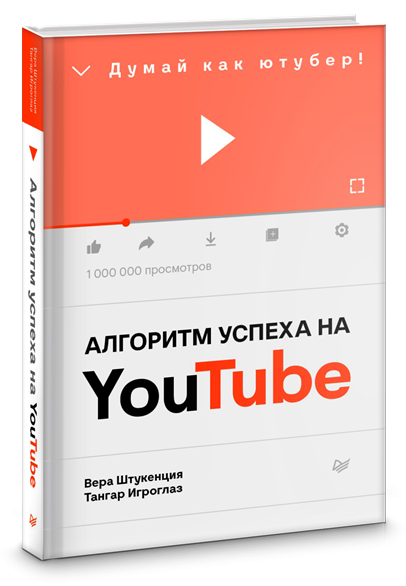 Do you ever get the feeling that there is not enough useful information, like an intellectual hunger – you want to watch, listen, read something, but as if there is nothing. You start looking through YouTube for intelectual and interesting content, but it’s either boring or tedious. And I want it to be interesting, but also fun. To like the author, or to feel the benefit from “eating”. In social networks, except for YouTube, it is too difficult to find something like that, so you have to flip through the offered videos, and again you come across familiar authors, who have almost all listened to.
Do you ever get the feeling that there is not enough useful information, like an intellectual hunger – you want to watch, listen, read something, but as if there is nothing. You start looking through YouTube for intelectual and interesting content, but it’s either boring or tedious. And I want it to be interesting, but also fun. To like the author, or to feel the benefit from “eating”. In social networks, except for YouTube, it is too difficult to find something like that, so you have to flip through the offered videos, and again you come across familiar authors, who have almost all listened to.
Eventually I came to the point where I started reading books. It’s a strange idea, I agree. Usually after school and uni I don’t want to read anything, but a light detective or a dull love story on vacation, to stretch out not only my body on the bench, but also my brain on an easy read. And it’s not like I’m a missing person – a reader. But after a holiday in Egypt last year, I no longer take up such consumerism. I didn’t read much at all, I wasn’t up to it. And now in Israel there is a unique situation: at first I lived next to a huge booksharing for four months, where the “abstruse” books from all over the neighborhood were taken down.
And now I have moved into a scientist’s apartment filled with 100% quality literature – classics, philosophy, art. I simply adore being surrounded by such books; whatever you take is a masterpiece of world literature. As a result, it’s very easy to choose what to read: anything! And I decided to read a book a day, to get a little smarter in different areas and stop looking at the Internet for food for thought, which is so hard to find there. From each book I remember something – you can say the conclusion or the main idea. And I share it with you. After all, even if you read the same book, I’m sure we will have different conclusions.
The book in the picture is still from the last apartment: Principles of Art History. The author is Heinrich Wölflin, a renowned art historian who studied art from the perspective of psychology and philosophy. As an artist, it was interesting for me to see that people try to discern a deeper meaning in the form of works, that is, to answer the question, “what did the artist mean through this form?”, “how does this work explain itself?” I learned from this book that the “form, not content” approach can be applied to the analysis of anything.
Is the way things look the essence of what they are?

